Musée de Hanbok (이리자 한복전시관)
10.1Km 2021-10-06
20, Samcheong-ro, Jongno-gu, Seoul-si
+82-2-734-9477
Le musée de Hanbok se situe de l’autre coté de l’entrée principale du palais royal de Gyeongbok où se trouve la billetterie. Ainsi, il est judicieux, après avoir visité le palais, d’aller faire un tour à ce musée afin de voir les habits traditionnels coréens; si les horaires d’ouverture coïncident. Car le musée n’ouvre ses portes que le 1er et le 3ième samedi de chaque mois, alors vérifiez bien les jours afin de ne pas marcher pour rien.
Le musée de Hanbok n’est pas seulement un musée sur les habits traditionnels coréens. Il met aussi en valeur tous les évènements et rituels de la naissance à la mort avec bien sûr, les vêtements correspondants. Vous pouvez donc être le témoin des traditions coréennes et voir à quelles occasions les habits doivent être portés. Tous les hanboks sont crées par la styliste Lee Ri-Ja elle-même, fabriqués avec la plus grande attention et la plus importante minutie. Il y a environ 300 pièces exposées et certaines sont si pratiques qu’elles peuvent même être portées au quotidien. A coté des hanboks se trouvent aussi des ornements et autres petits objets décoratifs. Vous en serez charmé. Une fois avoir visité le palais royal de Gyeongbok et ce musée, allez vous promener vers Gwanghwa-mun ou Insa-dong. A Gwanghwa-mun vous pourrez voir certains aspects culturels modernes tandis qu’à Insa-dong vous serez plutôt dans une ambiance artistique et traditionnelle coréenne.
Nanta à Chungjeongno (난타 - 충정로)
10.1Km 2019-01-16
Chungjeongno 7, Seodaemun-gu, Séoul
+82-2-739-8288
Nanta est un spectacle familial plein de dynamisme qui transforme les couteaux, les planches à découper et les autres ustensiles de cuisine en instruments à percussion pas comme les autres ! Depuis sa première représentation en octobre 1997, Nanta a reçu un accueil très chaleureux et c’est le spectacle qui a attiré le plus grand nombre de spectateurs dans l’histoire de la Corée. Ses débuts internationaux au festival Fringe d’Edimbourg en 1999 ont également été couronnés de succès. En février 2004, c’était le premier spectacle asiatique à être représenté à Broadway, ce qui a définitivement établi sa réputation dans le monde du spectacle coréen. A présent, ce sont quelques 6 400 000 spectateurs du monde entier qui ont pu apprécier ce spectacle, et Nanta vise à devenir un spectacle permanent à Séoul. Le spectacle attire 680 000 spectateurs étrangers par an, et a été reçu le prix du programme d’excellence en 2009.
Maeumeul Damanaemyeon (마음을담아내면)
10.1Km 2021-03-19
79, Yulgok-ro 3-gil, Jongno-gu, Seoul
+82-2-732-7768
This is a Korean cuisine located in Jongno, Seoul. Also well-known for steak and stir-fried ingredients over rice. The best menu at this restaurant is noodles.
Musée d'arts folkoriques de Gahoe (가회민화박물관)
10.1Km 2020-05-12
17, Bukchon-ro 12-gil, Jongno-gu, Seoul-si
+82-2-741-0466
Ouvert en 2002, Gahoe musée présente des expositions, peintures populaires et les amulettes qui reflète le style de vie et les souhaits du peuple coréen depuis les temps anciens.
Intérieur de la galerie Hanok, les visiteurs peuvent se plonger dans les traditions de la Corée. Vous trouverez des tableaux anciens du peuple, des peintures des croyances religieuses, et des tuiles en forme d'êtres humains ou des gobelins. Vous trouverez également des paravents d'amulettes et de voir la sagesse des gens dans l'ancien temps pour surmonter les moments difficiles grâce à une variété d'amulettes.
Geumyongmun (금용문)
10.2Km 2021-03-23
7, Saemunan-ro,5 ga-gil, Jongro-gu, Seoul
+82-2-731-2502
This is a Chinese (cuisine) located in Gwanghwamun Gate, Seoul. The best menu at this restaurant is dim sum. A restaurant selling authentic Chinese cuisine.
Gwanghwamun Hanokjip (광화문한옥집)
10.2Km 2021-03-18
7, Saemunanro5ga-gil, Jongro-gu, Seoul
+82-2-731-2500
A store with rooms reproducing a traditional kitchen. The best menu at this restaurant is napa wraps with pork. This is a Korean cuisine located in Gwanghwamun Gate, Seoul.
Ilpumdang Premium (일품당프리미엄)
10.2Km 2021-04-20
7, Saemunan-ro, 5ga-gil, Jongro-gu, Seoul
+82-2-1899-4949
A shabu-shabu specialty restaurant located in Gwanghwamun Gate, Seoul. A store with rooms. The most famous menu is shabu-shabu.
Musée du noeud Dong-Lim (동림매듭박물관)
10.2Km 2021-03-27
10, Bukchon-ro 12-gil, Jongno-gu, Seoul-si
+82-2-3673-2778
Le musée du noeud Donglim ouvert en avril 2004 vous fait découvrir les noeuds décoratifs traditionnels coréens maedeup comme le norigae pour le hanbok, mais vous pourrez aussi y voir des ceintures et bourses traditionnelles et des matériaux comme du fil, de la corde ou encore des accessoires. Situé dans une maison traditionnelle hanok, on y trouve plusieurs créations, anciennes et modernes, ainsi que des créations qui reflètent les tendances d'aujourd'hui.
Hyehwa1938 [Korea Quality] / 혜화1938 [한국관광 품질인증]
10.2Km 2023-04-13
7, Sungkyunkwan-ro 16-gil, Jongno-gu, Seoul
+82-10-7107-1752
Located in (no suggestions)-dong of Seoul, Hyehwa 1938 is a lodging facility which is based on the remodeling of an 80-year- old traditional Korean house. A traditional Korean house expert initially wanted to use it as an office but later decided to turn it into a guest house due to its large size. As a result, the unique beauty of traditional Korean house was revived while improving practicality. The Woojeong room and Sarang room are now resized to accommodate max 8 persons which used to be only max 4 in the past. Despite the remodeling, the aura and atmosphere of the traditional Korean house is well preserved. Inside the room, you can see that the chandelier of the rich house in the '30s are accompanied by modern furniture and electronics which maintain unique harmony. Open the windows to see sansuyu and maehwa along with other various seasonal trees with beautiful colors and also the space such as edges and sewers are well arranged to avoid any discomforts with your eyesight. The heart of architecture offers only two rooms for guests, and you are all welcome to enjoy the true beauty of Korea.
Bukchonmaru hanok guesthouse [Korea Quality] / 북촌마루한옥게스트하우스 [한국관광 품질인증]
10.2Km 2020-09-10
152, Changdeokgung-gil, Jongno-gu, Seoul
+82-10-3253-8751
Bukchonmaru Hanok Guesthouse is located between “Bukchon Views 2 and 3” on a hill in Bukchon Village in Seoul. This two-storied hanbok building with a terrace, which is rarely found among other hanok structures in the area, offers a splendid view of Seoul. In particular, the summit of a hill next to the main gate of Choong Ang High School where the guesthouse is situated is known as the filming location for the famous Korean TV series Winter Sonata (2002). When you open the main gate and go up to the first floor, a small yard is seen with a group of jars on one side. After entering the sliding door through the yard, there is daecheong maru (main floored room) that features the doors opening in all directions and a high ceiling with rafters, making the space open and cozy. The hanok building consists of two floors – the ground floor is equipped with special furniture, a jar table and a log chair made by the owner, and on the first floor are guestrooms comprised of one large room and two small rooms. The neat and clean rooms are designed in a simple way and have lovely bedding with the pattern of five cardinal colors. Its staff members can speak English and Chinese to communicate with guests from other countries. Every morning, guests engage in animated conversation while enjoying a Korean home-style breakfast prepared by the owner in a friendly atmosphere. After having breakfast, if guests want, they can try on traditional Korean clothes (hanbok) and take photographs inside and around the guesthouse to create interesting memories. The guesthouse also provides a hanbok rental service (KRW 30,000 for a day) and tourists wearing traditional Korean clothes can enter both Changdeokgung Palace and Gyeongbokgung Palace, which can be reached on foot within 10 to 15 minutes, free of charge. Moreover, guests can enjoy an open view of the area including Gahoe-dong, Gye-dong and even the lights of the Namsan Seoul Tower at night from the roof top.

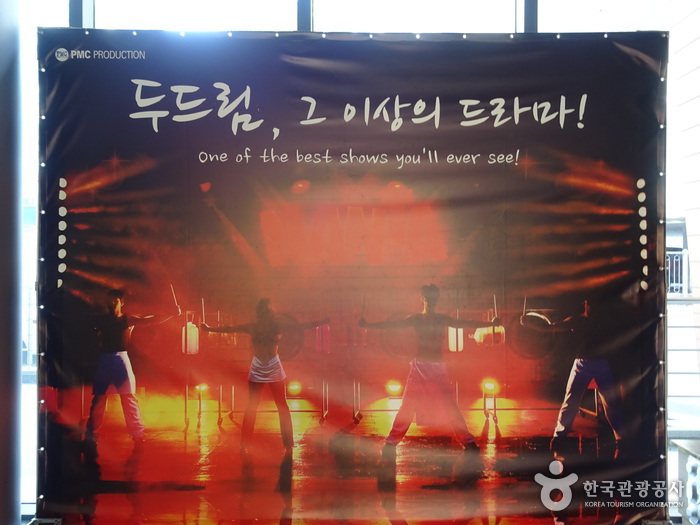
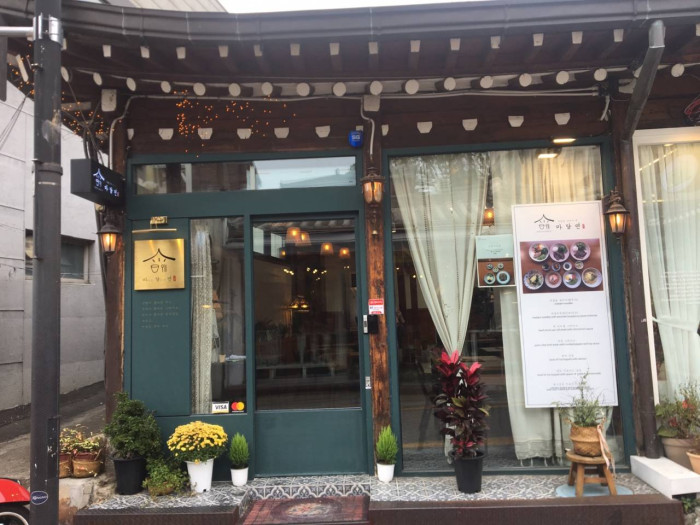
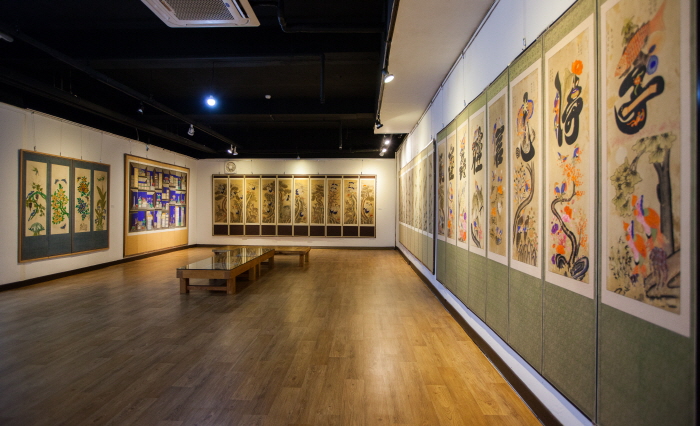

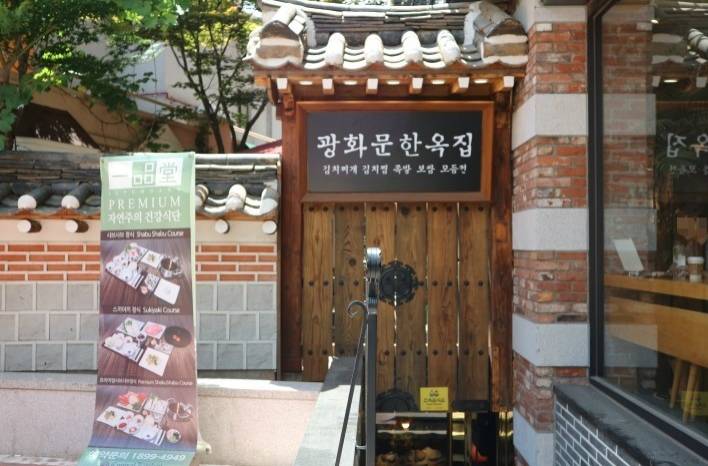
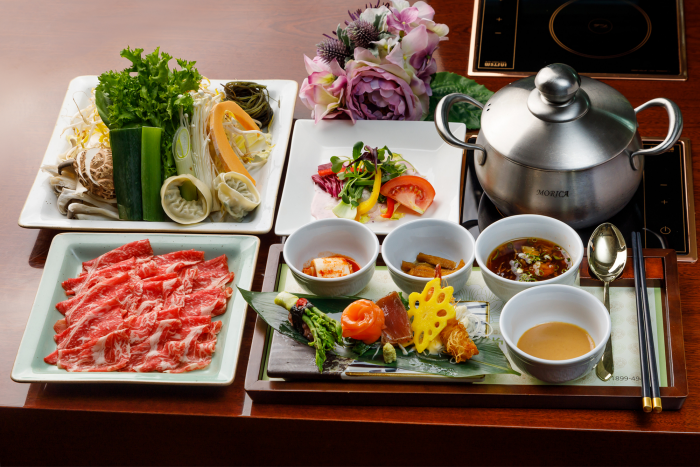
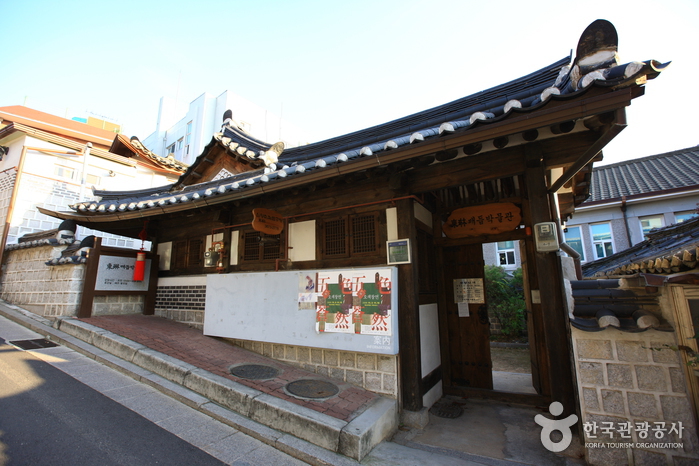
![Hyehwa1938 [Korea Quality] / 혜화1938 [한국관광 품질인증]](http://tong.visitkorea.or.kr/cms/resource/52/2529152_image2_1.jpg)
![Bukchonmaru hanok guesthouse [Korea Quality] / 북촌마루한옥게스트하우스 [한국관광 품질인증]](http://tong.visitkorea.or.kr/cms/resource/32/2574032_image2_1.jpg)
 Français
Français
 한국어
한국어 English
English 日本語
日本語 中文(简体)
中文(简体) Deutsch
Deutsch Español
Español Русский
Русский